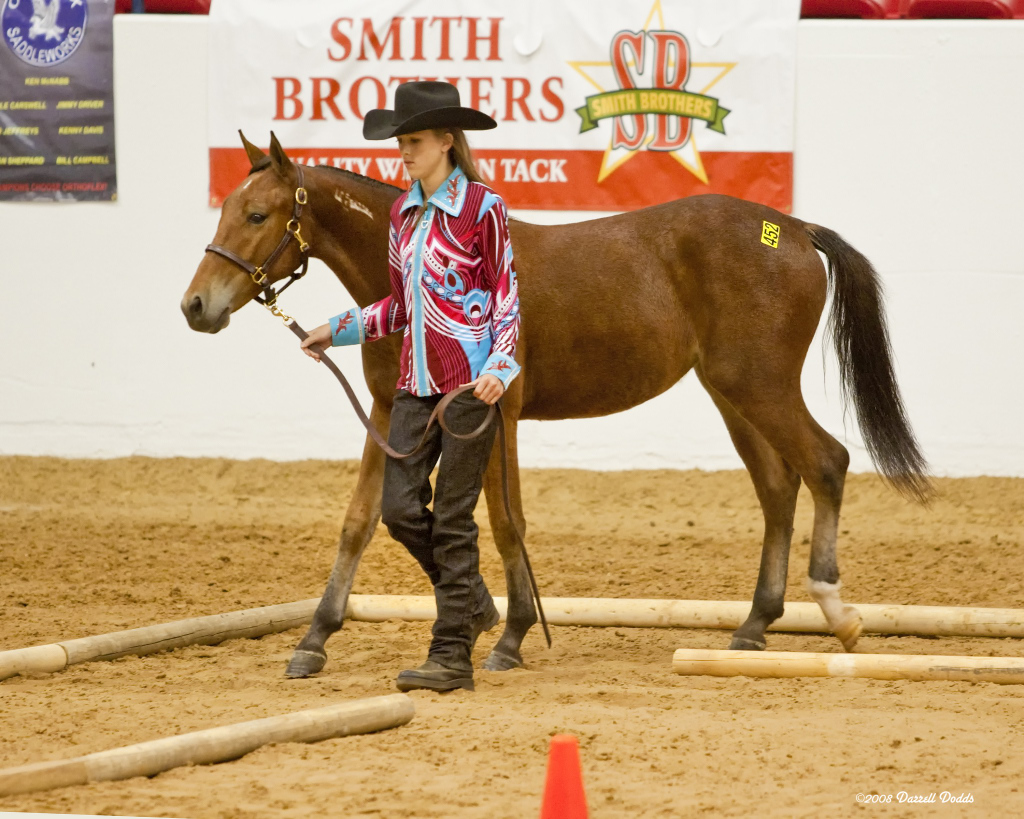More excess wild horses are in need of a good home than ever before — but changing demographics and a number of other factors have made many Americans less willing to accept the challenge of taming and caring for a wild horse. Despite these barriers, the BLM remains dedicated to finding as many good homes for the wild horses and burros that must be removed from the range as we possibly can. To do that, expanding the use of the tools which have been successful and adding a wider range of tools to keep pace with a rapidly changing adoption market will be needed. Through the successful placement of excess horses or burros into private care, the number of animals which must be humanely cared for in short-term corrals or long-term pastures will decrease and the costs for their care will be reduced.
| Prison training programs and partnerships with organizations like the Mustang Heritage Foundation and the National Wild Horse Association demonstrate there is a demand for horses with some training. Expanding these types of partnerships is one way the BLM can offer more trained animals for adoption. |
Goal: Place more animals into private care.
Objective 1: Expand the adoption/sale customer base.
Actions:
Increase the use of Internet-based placement.
Increase the use of incentives to help defray some of the costs of horse ownership; seek new authorities if needed.
Increase the use of wild horses in public service.
Target specific equine disciplines (dressage, trail riding, therapy, and roping horses) and offer trained animals and sponsorships to their members.
Establish store fronts (privatized adoption facilities).
Objective 2: Offer more trained animals.
Actions:
Expand partnerships to train animals.
Expand university training/partnership programs.
Expand the number of prisons training wild horses in partnership with the BLM.
Objective 3: Implement an environmental education program to tell the story of America’s wild horses and burros.
Actions:
Work closely with the BLM’s environmental education program staff to create programs for youth.
Tailor the curriculum to species biology, history, and ecological interactions and impacts within larger biological communities and landscapes.
Increase interaction with youth groups (e.g., 4-H, FFA, Boys and Girls Clubs).
Increase education opportunities at BLM-managed facilities through interpretation.
Implement a “Take Mustang to School” classroom project for elementary schools throughout the world.
Work with volunteers, partners, stakeholders and others to host “Kids and Mustangs Days” throughout the U.S. in partnership with National Wild Horse and Burro Adoption Awareness.
Implement a virtual adoption program to allow individuals unable to physically adopt or care for an animal to make a financial contribution (virtually adopt) an unadopted animal in a preserve or long-term holding pasture.
